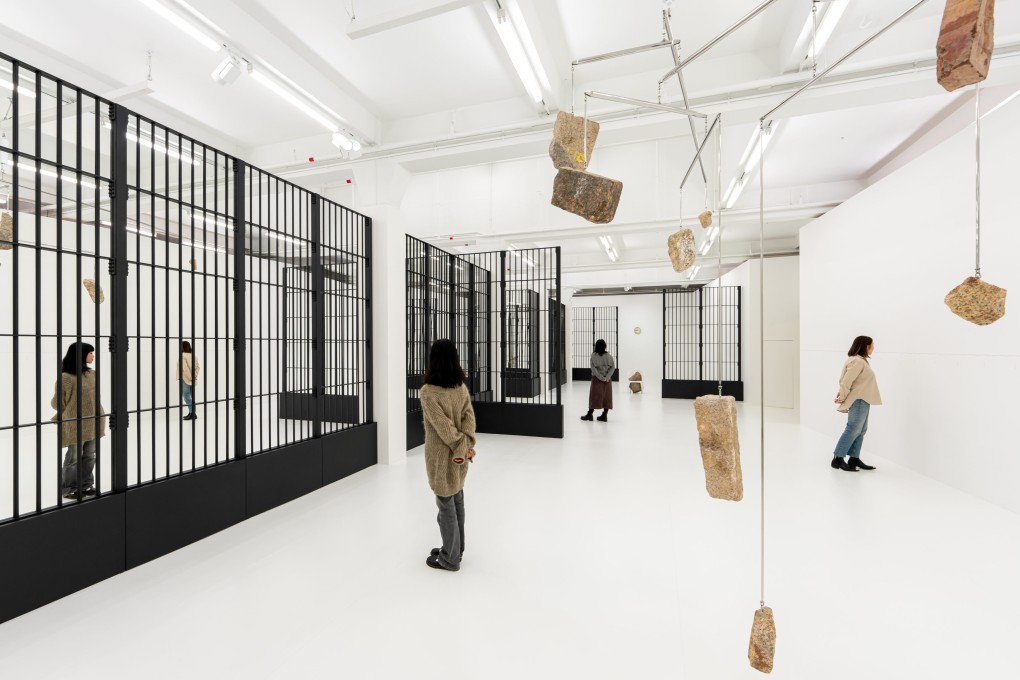Review | Hong Kong art exhibitions on old prison site explore freedom, control and misconception
At Tai Kwun, Alicja Kwade throws visitors into the site’s penal past, while Hu Xiaoyuan casts doubt on what we think we know

At Hong Kong’s Tai Kwun heritage arts venue, Polish artist Alicja Kwade has been adorned with the certainty of the definite article.
She is not one of, but “the leading installation artist and sculptor of her generation”, according to the introduction to her site-specific exhibition at the former prison compound.
A bold claim for any artist, certainly, but “Pretopia”, the exhibition at Tai Kwun’s JC Contemporary gallery, does burnish a reputation for creating striking, multisensory experiences.
Darker in mood than her six-metre-tall (20-foot) L’ordre des mondes (Totem), which was an outlandish spectacle of planets and wooden chairs that dominated the waterfront outside Hong Kong’s K11 Musea shopping mall in 2024, “Pretopia” thrusts you straight back into Tai Kwun’s penal past.
Fear-Fusion (2024) consists of a series of replica prison bars that stand menacingly under the cold glare of fluorescent tubes. As visitors make their way past the bars, a sinister trick using mirrors makes their reflection alternate between being behind the bars and abruptly disappearing.
Tai Kwun’s now family-friendly Prison Yard hosts six of Kwade’s newly commissioned Waiting Pavilions. These cells built with glass bricks represent boundaries of personal liberty so well camouflaged that we have forgotten they exist.